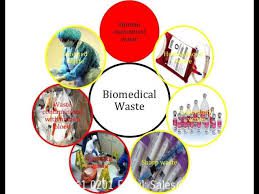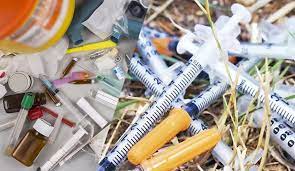What is Integrated Waste Management? Integrated Biomedical waste Management, or IBWM, is a tool to determine the most energy-efficient, least-polluting ways to deal with the various components and items of a community’s solid waste stream.
The IBWM hierarchy is based upon the material and energy that is embodied in solid waste and that is associated with its recycling and disposal.
The Goals of Integrated Biomedical Waste Management
The twin goals of IBWM are to:
- Retain as much as possible of that energy and those materials in a useful state, and
- Avoid releasing that energy or matter into the environment as a pollutant.
Hierarchy of Integrated Biomedical Waste Management
Integrated waste management sets up a hierarchy of approaches and technologies for managing solid waste in order to meet these goals.
Read Also: How to Recycle Appliance Wastes (Appliance Recycling)
Generally, the farther “up” the hierarchy from which the technology is chosen, the more benefits in efficiency and retained economic value.
The very highest option in the hierarchy is, don’t create the solid waste in the first place, and is termed source reduction. Source reduction can be done in several ways:

Manufacturing processes can be devised which create fewer or less toxic waste by-products
Consumers can choose not to purchase products with excessive packaging or
Consumers can choose not to purchase products which are unnecessary “luxuries,” which require unjustifiably large amounts of energy or natural resources to manufacture, or which cause toxic waste problems in manufacture, use, or disposal.
Read Also: How Waste Papers, Metals, Woods, Glasses, and Plastics are Recycled
The other higher level IWM options are (in order):
Reuse – The use of a product more than once in its same form for the same or similar purpose.
Recycling – The process, by which materials otherwise destined for disposal are collected, processed, remanufactured into the same or different product, and purchased as new products.
Composting–The controlled process whereby organic materials are biologically broken down and converted into a stabilized humus material.
Materials retain their value for longer periods of time if they are handled within these top four‖ levels of the IBWM hierarchy.

